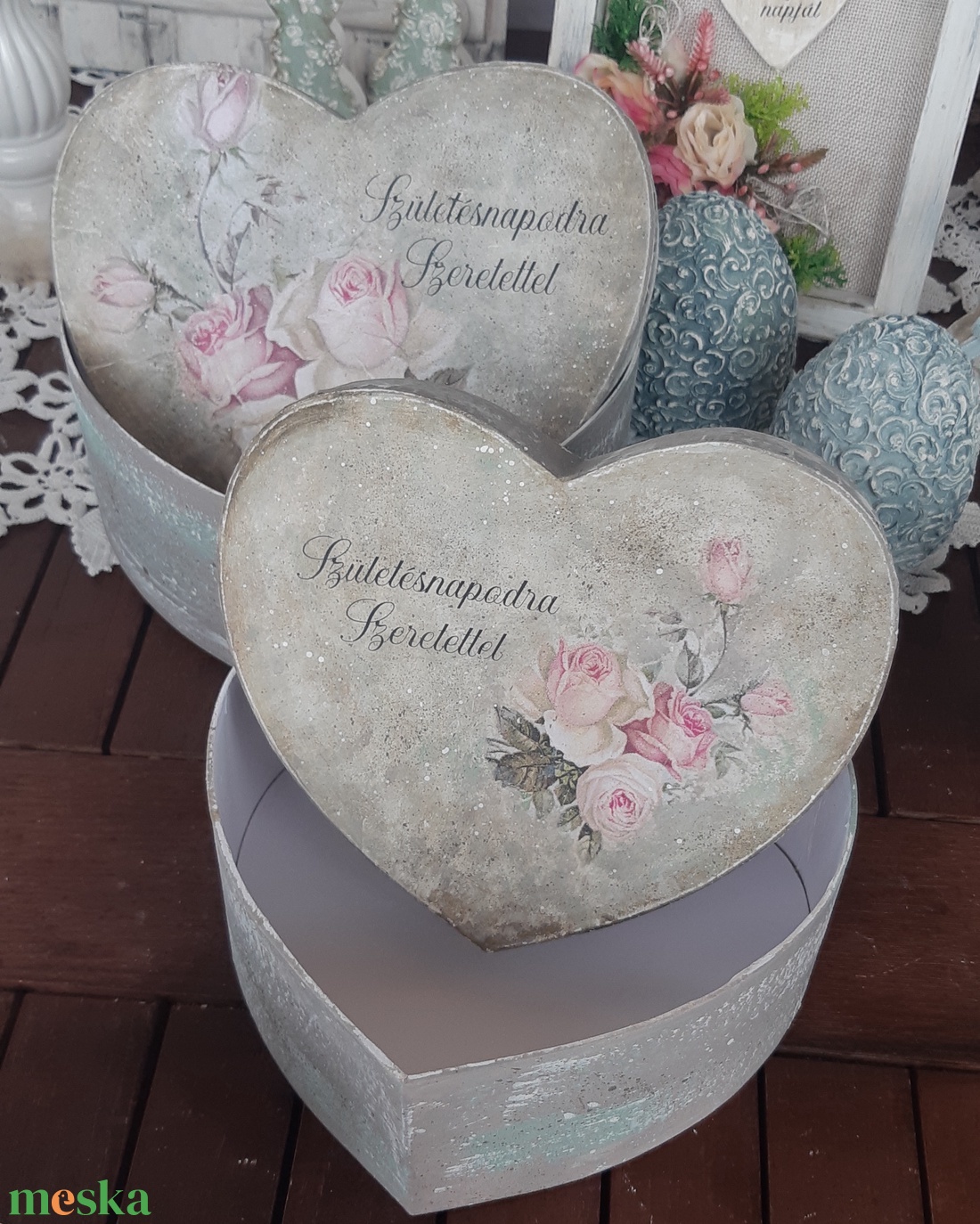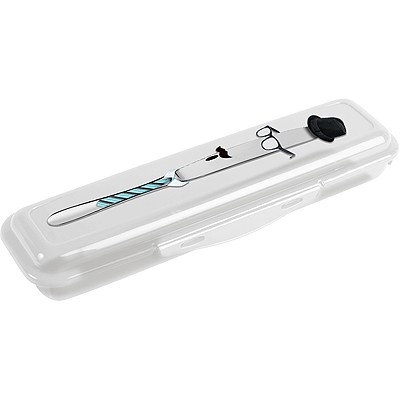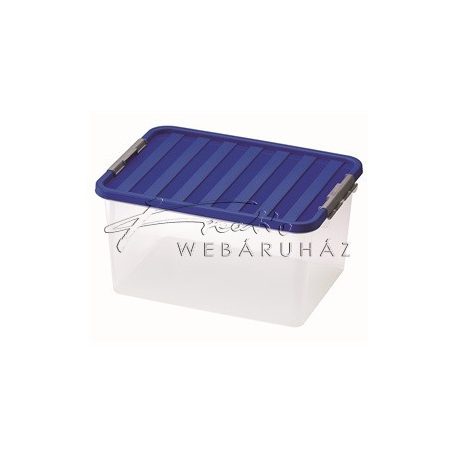
Eladó 1:12 Babaház Miniatűr Fa Bőröndben Csomagtér Box Tároló Doboz Haza Modell, Dekor, Baba Ház, Tartozékok < Babák & Kiegészítők > Sorvipuu.fi

Tárolódoboz Kesper Fa láda dekor égetéssel | LCD televíziók, elektromos háztartási gépek, háztartási cikkek

1db Fehérnemű Tároló Doboz Zokni Doboz, Asztali Rendszerező, Esztétikus Szoba Dekoráció, Lakberendezés, Konyhai Kiegészítők, Fürdőszoba Dekoráció, Hálószoba Dekoráció - Temu Hungary

Tároló doboz, karton, 33,3x28,5x39 cm FELLOWES, Style, zöld-fehér | Irodaszerek | Csomagolás, tárolás | Tárolódobozok, ládák és kosarak



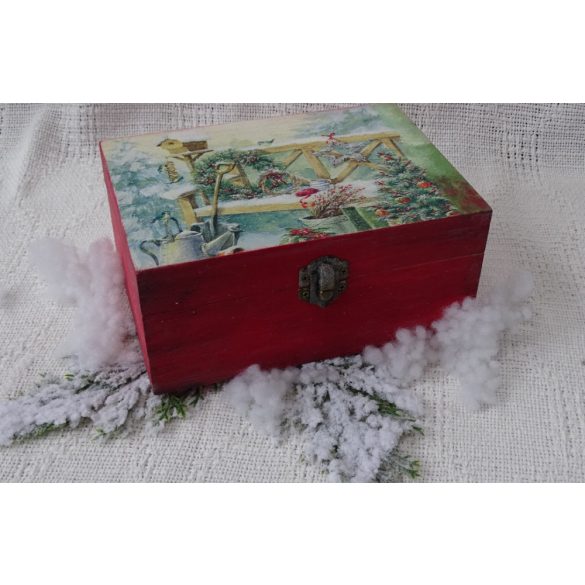







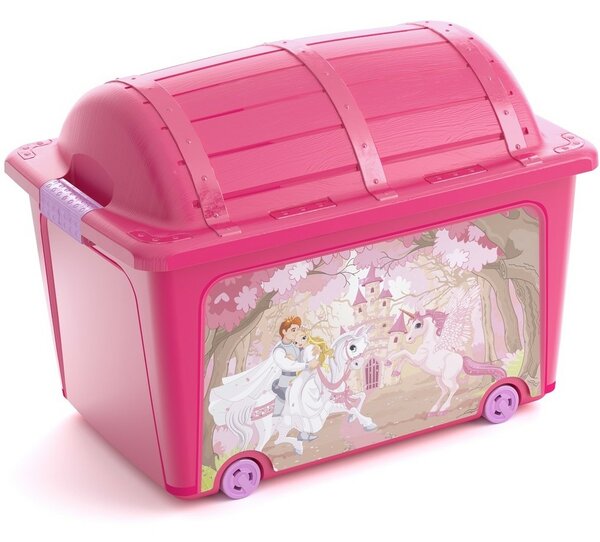



![Karibi Hangulatú Dekor Tároló Doboz [rcking] - RCKing Karibi Hangulatú Dekor Tároló Doboz [rcking] - RCKing](https://rcking.hu/img/68183/karibitarolodob/karibitarolodob.jpg)
